|
Dry needling(DN) has been gaining popularity in recent years as a technique for treating musculoskeletal pain and dysfunction. It involves the insertion of thin needles into specific trigger points in the body to relieve pain and promote healing. Physiotherapists are among the healthcare professionals who commonly use dry needling in their practice. Firstly, obtaining DN certification allows physiotherapists to expand their skill set and offer a broader range of treatment options. With a DN certification, you will gain the knowledge and skills needed to safely and effectively use this technique to treat a variety of musculoskeletal conditions, including back pain, neck pain, headaches, and sports injuries. By offering DNas part of your practice, you can attract new patients who are seeking this treatment and increase your practice's revenue. Second, a certification can enhance your professional credibility and reputation. It demonstrates that you have received specialised training in this technique, as well as the latest research on its efficacy and safety, and are committed to providing the highest level of care to your patients. This knowledge can help you to provide better care for your patients and stay competitive in the healthcare industry. Lastly, obtaining a DN certification can open up new career opportunities for physiotherapists. As more professionals are adopting needling as a treatment option, there is a growing demand for physiotherapists who are certified in this technique. This can lead to job opportunities in hospitals, rehabilitation centers, sports medicine clinics, and other healthcare settings. DN is a highly effective modality that is backed by a significant body of evidence. Here are a few reasons why incorporating DN into your practice can be beneficial:
Muscle tension that never goes awayDN is a technique that can be effective in relieving chronic muscular tension. It involves the insertion of thin needles into specific trigger point(s) in the soft tissues to relieve tension and pain. Here are a few ways that DN can help in managing chronic MSK tension:
If you are experiencing chronic muscle tension, talk to a healthcare professional, such as a physiotherapist, to determine if DN may be an appropriate treatment option for you. What Is DN and How Does It Work?DN is a technique used to treat musculoskeletal pain and dysfunction. It involves the insertion of thin needles into specific trigger point(s) in the body, such as muscle knots or spasms, to stimulate the body's natural healing response and promote pain relief. During a DN session, a trained healthcare professional, such as a physiotherapist, will insert the needles into the connective tissue using a precise and targeted approach. The needles are typically left in place for several minutes to allow the soft tissues to relax and the body to release endorphins, which are natural pain relievers. DN is different from acupuncture, which is based on traditional Chinese medicine and involves the insertion of needles into specific energy channels in the body. DN, on the other hand, is based on Western medicine and targets specific muscle trigger points that are causing pain and dysfunction. There are a few theories. One theory is that DN stimulates the release of endorphins and other natural pain-relieving substances in the body. This can help to reduce pain and promote relaxation in the affected muscles. Another theory is that DN triggers a healing response in the body by increasing interstitial flow and oxygenation to the affected area. This can help to promote healing and reduce inflammation, which may be contributing to the pain and dysfunctions. What Kind of Pain Is DN Most Effective in Treating?DN is most effective in treating musculoskeletal dysfunctions that is related to trigger point(TP)or myofascial pain syndrome. TPs are areas of the muscle that are tender and tight, and can cause pain and dysfunction in other parts of the body. Myofascial pain syndrome is a chronic condition characterised by the presence of TPs in the muscles. DN can be used to treat a variety of musculoskeletal conditions, including:
Is Dry Needling the Same As Acupuncture?DN and acupuncture are two different techniques that involve the insertion of thin needles into the body, but they differ in their philosophy, application, and underlying theories. Acupuncture(AC) is an ancient Chinese medical technique that involves the insertion of needles into specific points along energy channels, known as meridians, to restore the body's natural balance and promote healing. The belief is that AC can unblock and rebalance the flow of energy or "qi" in the body, which is thought to be responsible for physical, emotional, and mental health. AC is typically used to treat a wide range of conditions, including pain, anxiety, and digestive disorders, among others. DN, on the other hand, is a Western medical technique that involves the insertion of thin needles into specific points in the muscles, known as trigger points or myofascial trigger points, to alleviate pain and promote healing. The goal of DN is to release tension and improve blood flow to the affected muscles, which can help to reduce pain and promote relaxation in the affected area. DN is commonly used to treat musculoskeletal conditions, such as back pain, neck pain, and sports injuries. In terms of the application, AC needles are typically inserted superficially, and often remain in place for longer periods of time, up to 30 minutes or more. DN needles are usually inserted more deeply and may only be left in place for a few minutes. The two techniques also differ in their underlying theories. AC is based on traditional Chinese medicine, which is a holistic approach to health that focuses on restoring the balance of energy or "qi" in the body. DN, on the other hand, is based on Western medical principles and is used to treat specific musculoskeletal conditions. What Happens After Dry Needling?After a dry needling session, it is normal to experience some soreness and discomfort in the affected area. This is due to the release of tension in the soft tissues and the stimulation of the body's natural healing response. However, the discomfort should be short-lived and should resolve within a few days. Here are a few things that you can expect to happen after a dry needling session:
What Are the Benefits of Dry Needling treatment?Dry needling is a treatment technique that involves the insertion of thin needles into specific trigger points in the muscles to alleviate pain and promote healing. Here are some of the potential benefits of dry needling:
See up coming course here. |
Archives
March 2024
Categories
All
|
Services |
Company |
|
|
Integrated Training Institute
|
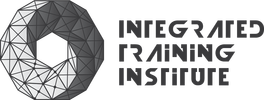
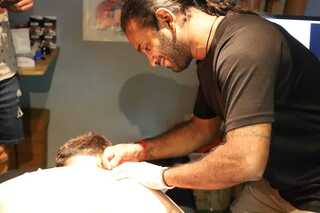
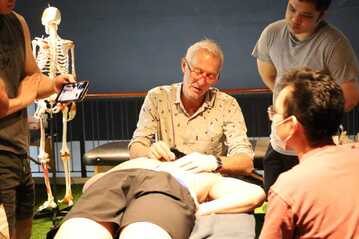
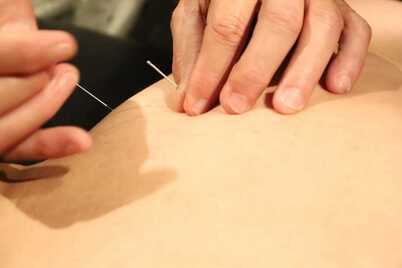
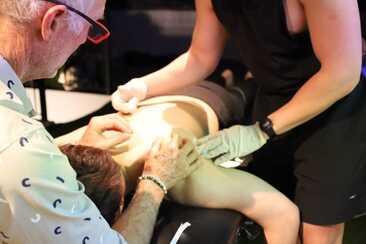
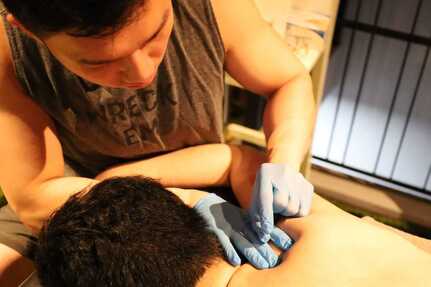
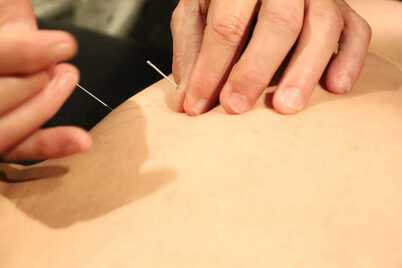
 RSS Feed
RSS Feed